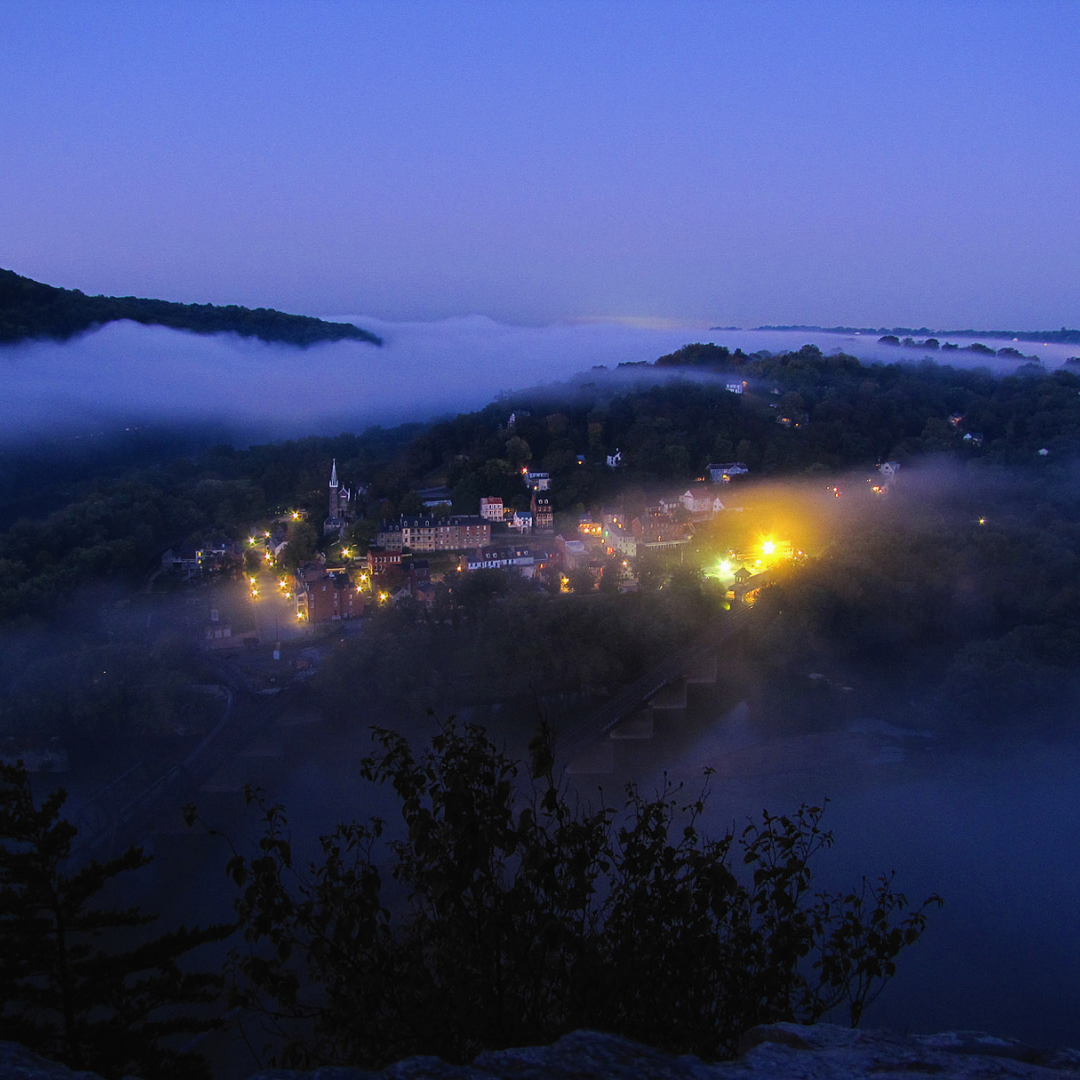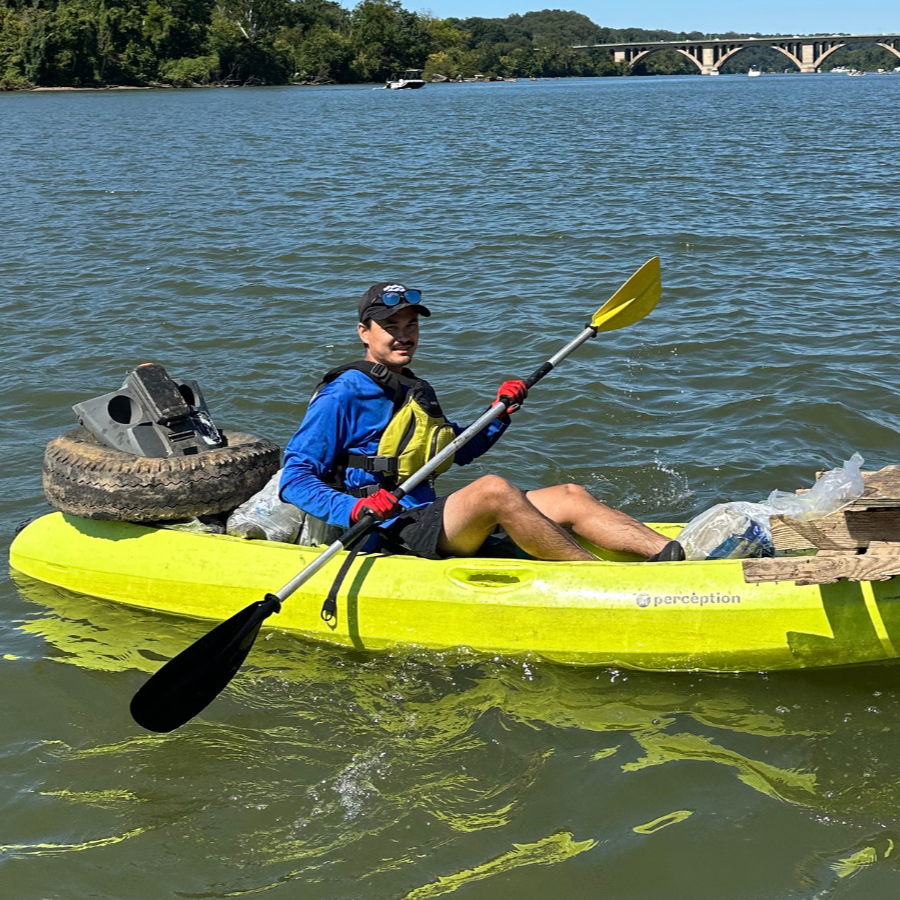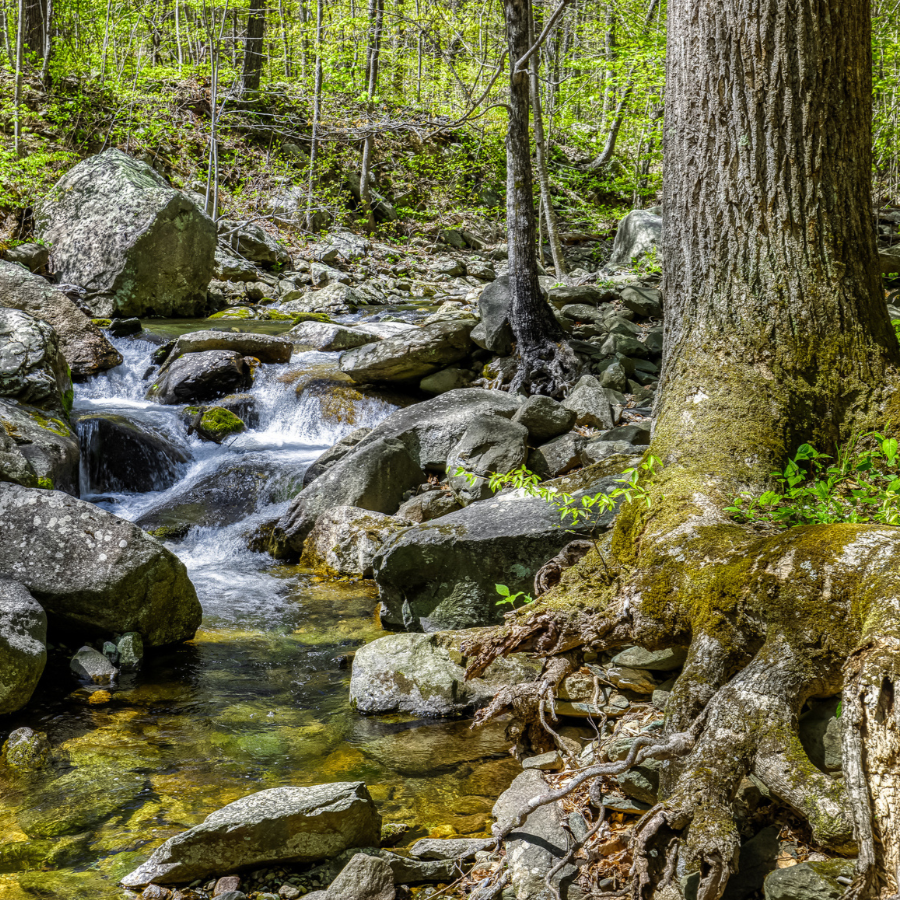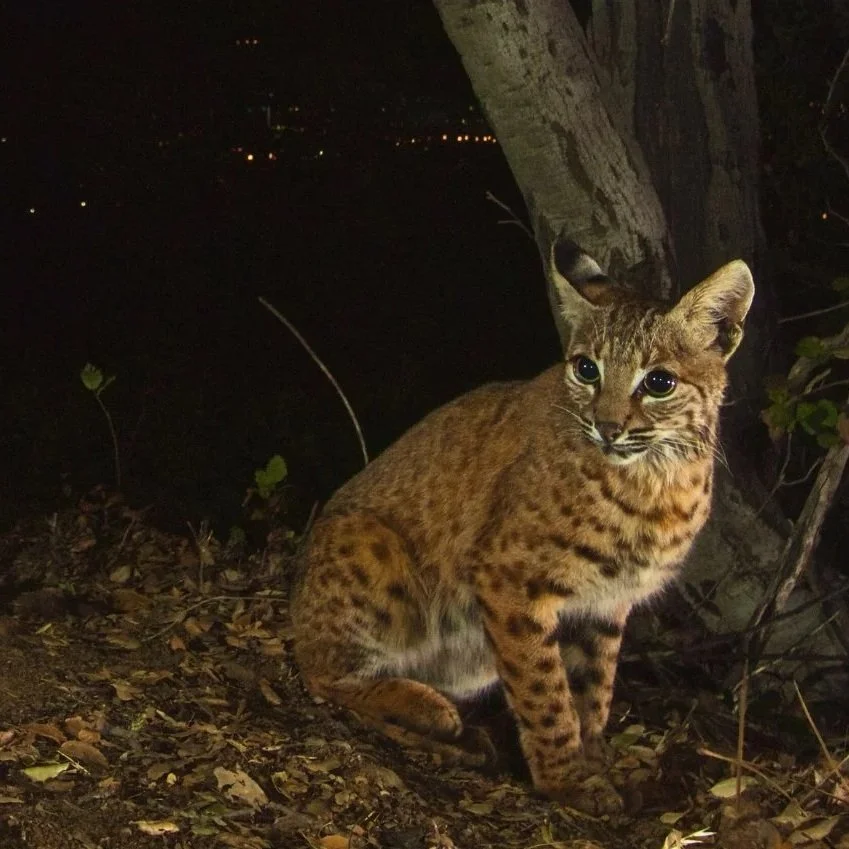Tidal forests are a birder’s paradise—but rising temperatures could quickly change that
/Extreme weather spells trouble for migratory birds and rare tree species alike
Photo by Chesapeake Bay Program
This is an excerpt from Part 4 of Potomac Conservancy’s Rising to the Challenge climate report series:
Calling all birdwatchers, kayakers, canoers, and trailblazers! If you’re like us, then the summer heat has got you itching to go out and experience the Potomac River in all its glory, including the region’s unique tidal forests.
These lands have a lot to offer! Home to many species, tidal forests also provide waters for a nice kayak or canoe trip. But like other local habitats, the climate crisis has put these areas at risk. The diverse ecosystems are in danger of retreating inland or shrinking, and birds flying over these lands have already shown shifts in their migratory patterns due to rising temperatures.
Read on to learn about the top threats facing tidal forests and their inhabitants, and what we can do to protect them.
Bald Cypress. Photo by Chesapeake Bay Program
In the ecotones—or transition zones—between regularly flooded tidal marshlands and the upland forests are tidal forests, which are dominated by a mixture of hardwood trees including ash, gum, and maple.
The Potomac River watershed is unique in that bald cypress grows alongside these hardwoods and Atlantic white cedar can be found in rare stands as well.
Considered regionally rare, Atlantic white cedar and bald cypress swamps require extremely fresh and clear water to grow. They were once much more common in our region but development and logging in the 1800s and early 1900s nearly destroyed these tidal species.
Climate Threats
A black tern in flight, a migratory bird that can be seen in local tidal wetlands including Dyke Marsh. Photo by US National Park Service
Similar to their neighboring marshland ecosystems, tidal forests are at risk of rising temperatures, water, and salinity levels due to the heating climate. The changing environment around them may alter their ecosystem, force their retreat further inland if there’s undeveloped space nearby, or shrink their habitat.
The residential and migratory bird populations that depend on these habitats will suffer too.
Generally speaking, for all migratory birds, we are already seeing subtle shifts in the migration patterns of billions of birds as temperatures become hotter and seasons more variable with climate change. Earlier springs, for example, can disrupt the food cycle as berry ripening and insect hatching may be misaligned with the arrival of migrating birds.
Vulnerable Indigenous species: American woodcock
Located in the middle of the Potomac River in Washington, DC is Theodore Roosevelt Island, a tidal forest maintained by the National Park Service. A birder’s paradise, the island is frequented by nearly 200 species including the commonly spotted green heron and wood duck.
The island’s tidal shorelines are also home to the American woodcock, a threatened migratory bird considered in “greatest need of conservation” by the Maryland Department of Natural Resources.
American woodcock. Video by U.S. Fish and Wildlife Service Headquarters
The American woodcock spends most of its time on the forest floor using its long bill to forage for earthworms and insect larvae found in wet soils.
Driven by climate change, longer periods of drought are harming the woodcock’s food source. Earthworms cannot live in dry soils, so the woodcock is likely to struggle to find food during lengthening dry spells. Intensifying storms spell further trouble for this winged friend as downpours wash away soil, inflicting additional stress to a species already suffering from forested habitat loss.
How can we protect our local habitats?
By tree-ting the problem!
Our future is bright! The climate crisis is the challenge of our lifetime – but we have the power to overcome it.
We can protect the Potomac River and help our habitats thrive by tree-ting the problem.
Trees are one of the best tools we have to fight climate change and protect our waterways from pollution. They:
Provide critical habitat to indigenous plants and wildlife
Filter polluted runoff and support clean streams
Capture carbon and produce clean air
Mitigate flooding
Cool our woodlands and cities
Help our mental well-being
Manage invasive species
The health of the Potomac River’s plants and wildlife depends on what we do today to address forest loss, polluted runoff, and the ever urgent climate crisis.
Want to learn more about how the climate crisis is impacting the Potomac River, and solutions to protect vulnerable habitats? Read the rest of the Potomac Conservancy’s Climate Report.

















